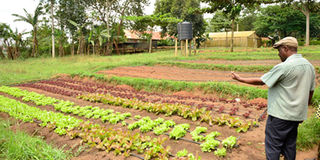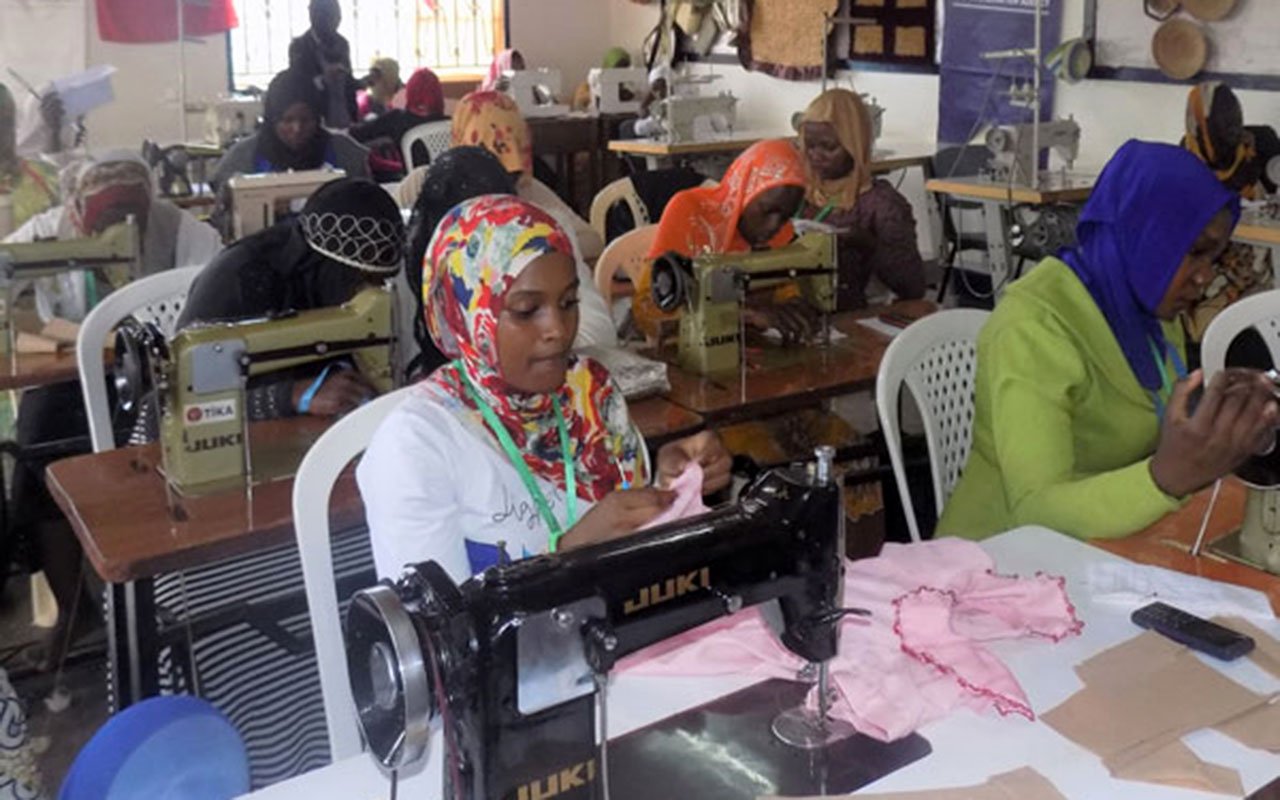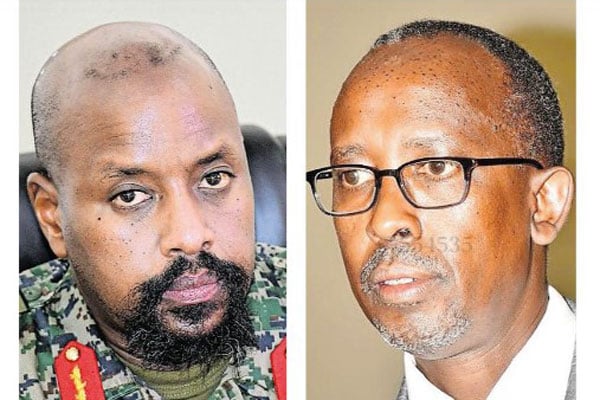Prime
Few financial service providers fund agriculture sector - Were

A farmer explains what he grows on his farm. The agriculture sector is perceived as risky by most financial service providers. FILE PHOTO
What you need to know:
United Nations Capital Development Fund, Mobile Money for the Poor (MM4P) programme, the Consultative Group to Assist the Poor (CGAP) and software developer Laboremus Uganda Ltd want to deepen digital finance usage among smallholder farmers. Prosper Magazine’s Ismail Musa Ladu spoke to Mr Nathan Were, the stakeholder finance lead, from CGAP about where that leaves traditional financial institutions such as commercial banks and micro-finance institutions.
What is your role in financial inclusion?
CGAP (Consultative Group to Assist the Poor) is a global partnership of approximately 40 leading organisations that seek to advance financial inclusion. We develop innovative solutions through practical research and active engagement with financial service providers, policy makers and funders to enable approaches at scale. Housed at the World Bank, the organisation combines a pragmatic approach to responsible market development with an evidence-based advocacy platform to increase access to financial services for the poor.
In Uganda, we have a number of projects with different financial service providers. We are working with UNCDF MM4P programme to support the digitisation of payments for smallholders in five value chains. Our National household and segmentation survey for Uganda conducted in 2016 shows that 95 per cent of all payments are cash-based. Cash leaves no trace, partly the reason why many banks, Micro Finance Institutions (MFIs) and SACCOs are finding it difficult to construct cash-flows for farmers to access the financial services they need to power their agricultural activities. We believe digitisation will create the digital foot print and data needed to support a range of innovations including credit scoring and better understanding of farmer segments to tailor product innovations.
Isn’t this hijacking the role of banks?
No. We partner with a range of financial service providers, mobile network operators (MNOs), banks, MFIs and agri-businesses among others. Our research and lessons learned enables these financial service providers to understand the segments they want to target and develop appropriate products and services.
What do you bring on the table?
We help catalyse the financial sector. We bring knowledge to help financial services providers understand the segments they want to target and the kind of products, services and channels that can work. For example, our demand side research among smallholders in Uganda points towards the need for banks, MFIs, MNOs to provide a holistic suite of financial products including savings, loans, insurance and payments among others. Farmers need more than loans alone. They are also sensitive about prices so the products developed for such a segment have got to be priced well and delivered through channels that do not build a lot of transactional costs for users. Otherwise, they won’t use them. This is the kind of knowledge, research and lessons learned from different markets we work that we bring to Uganda.

Mr Nathan Were, the customer and provider solutions - Consultative Group to Assist the Poor.
What challenges do you face while pursuing financial inclusion?
For the smallholder space, not many financial service providers see the opportunity in financing agriculture. The sector is perceived as risky. But we also know a few that have taken a value chain approach, selected partners to de-risk and have succeeded. The risk perception is still strong but our role as CGAP is to work towards bringing a range of partners together who can work with financial service providers and lower the risk.
Many farmers do not have the necessary Know Your Customer (KYC) since identification is still a challenge. Even though the government has taken steps in carding Ugandans, many still don’t have national Identification Card. This is a challenge especially if you are looking to bring many people into the formal financial system.
Some of our initiatives leverage data – transactional, payment, production and satellite among others. This data is not readily available – if you find it, the quality is not good. But we are working with Fintechs to make sense of the data and use it for designing financial products.
How does Uganda’s stringent regulation regime affect financial penetration and innovation?
Bank of Uganda has done a great job in ensuring financial stability. But we need a more balanced regulatory regime –one that balances risk and innovation. In my view, opening up a little more should help spur innovation.
How can this be dealt with?
There is opportunity and financial service providers have to think beyond the current segments. We see more opportunity with smallholders especially if we can invest time working on products, services and channels that are relevant and address their needs. That is the value we bring as CGAP to work closely with financial service providers to design, test and scale.
How secure are the products you develop?
We work with the financial service providers to ensure that whatever product, service or channel is developed meets their internal safeguards and is secure for customers to use.



